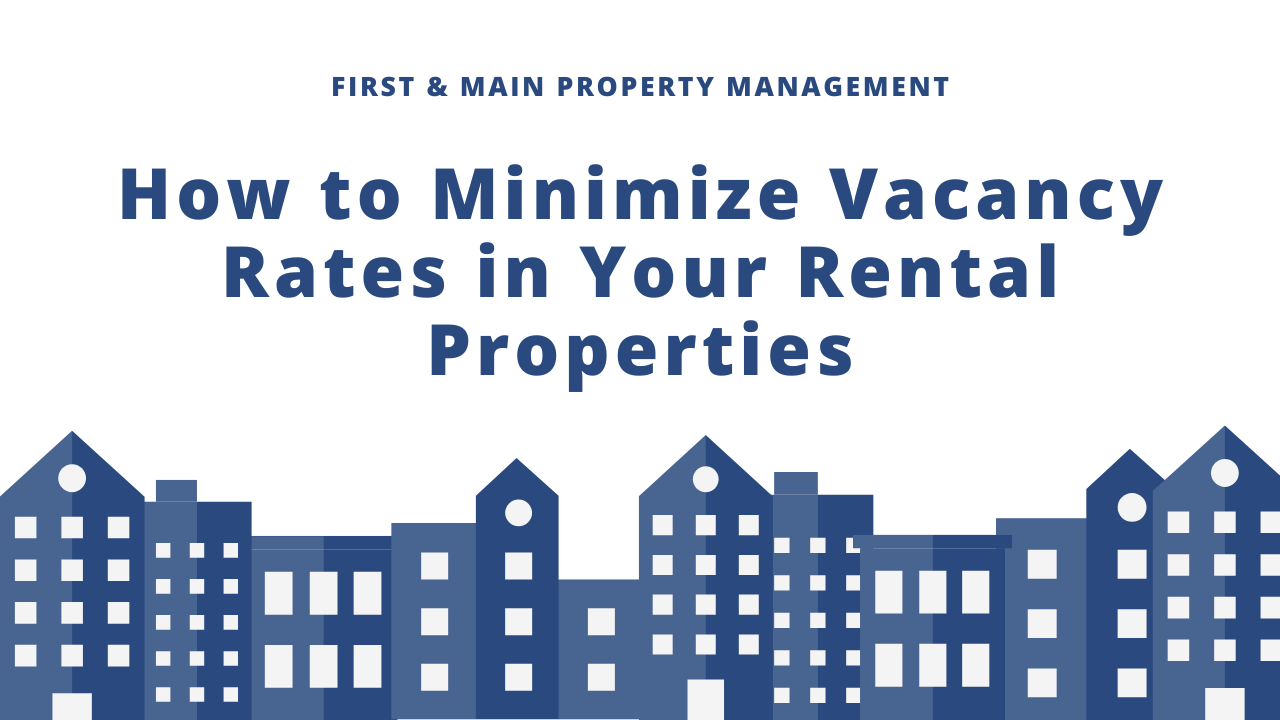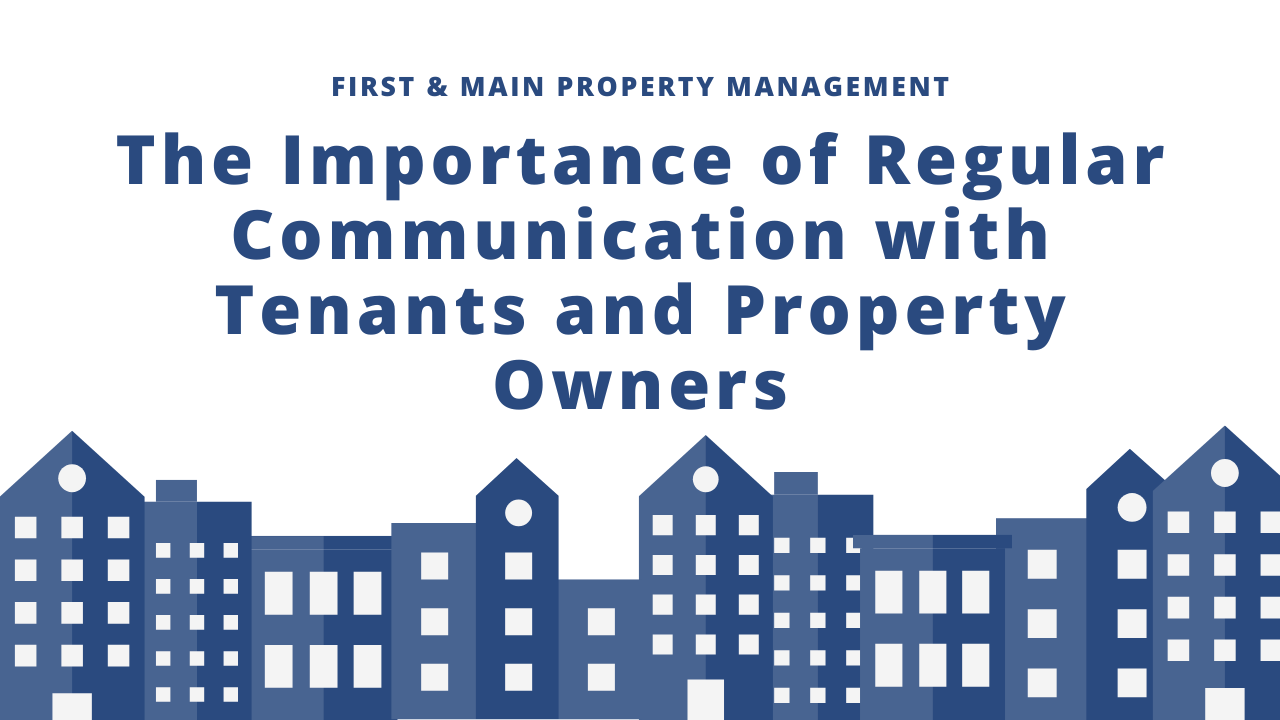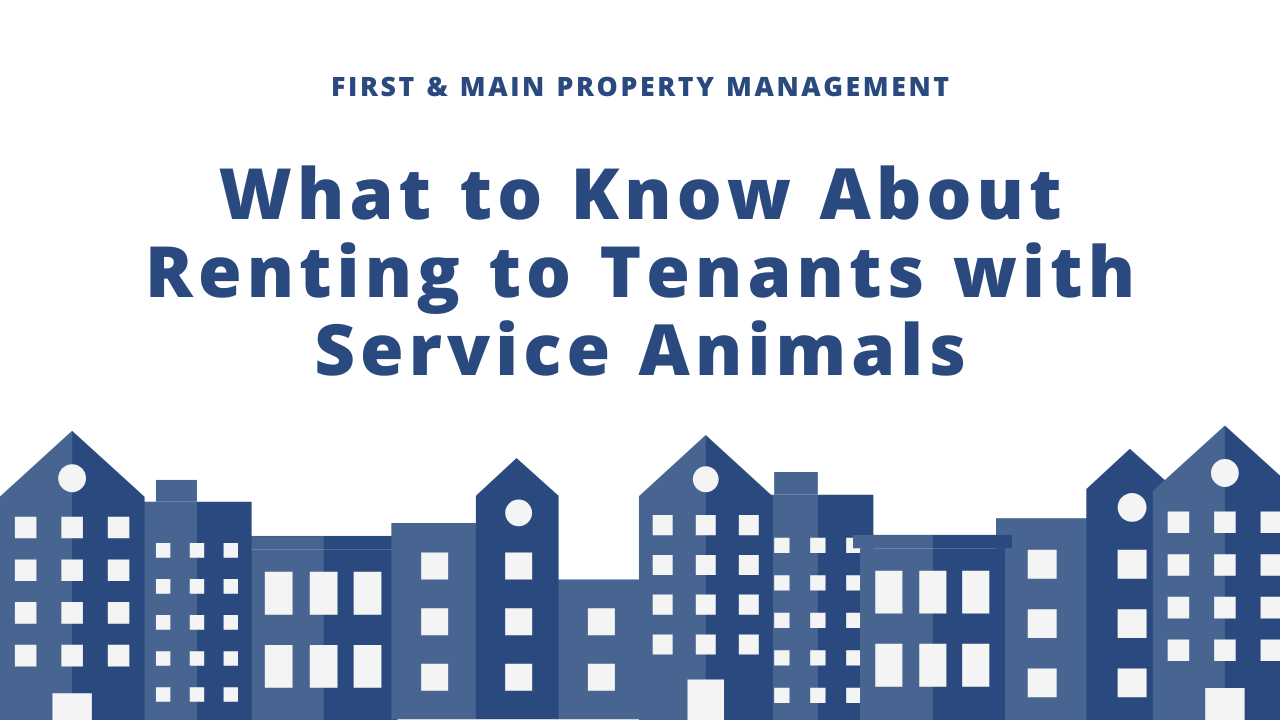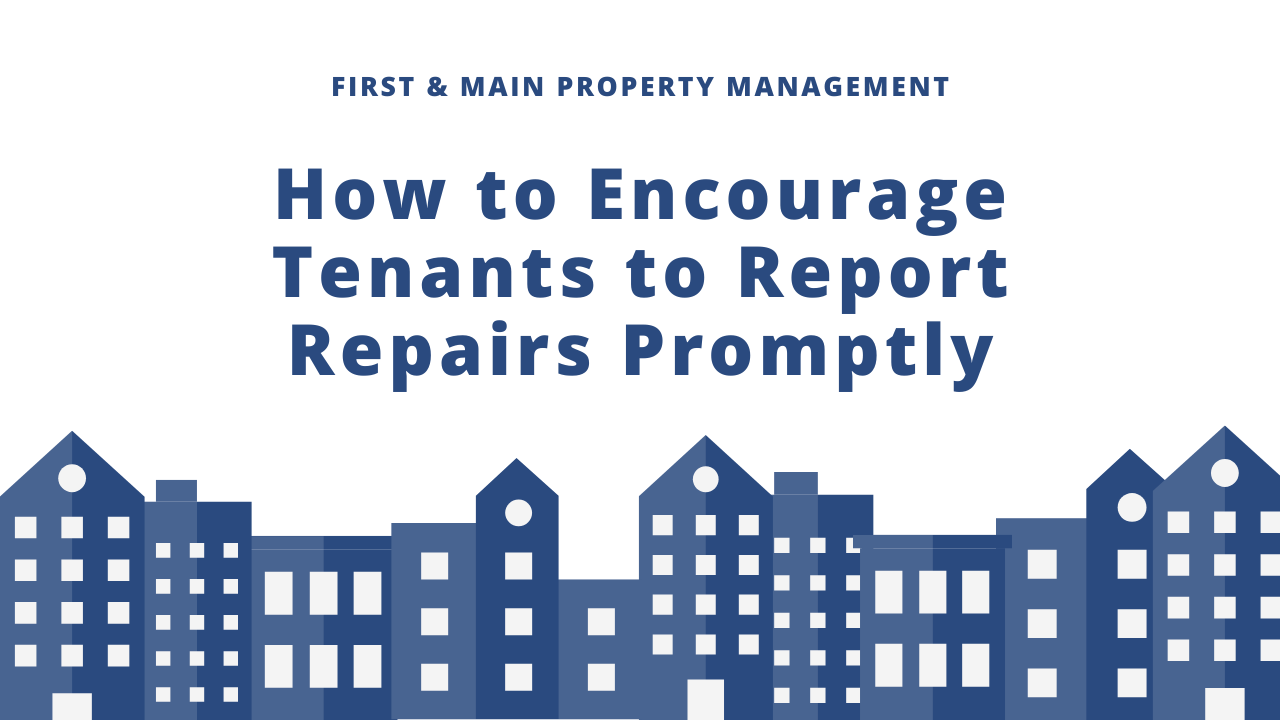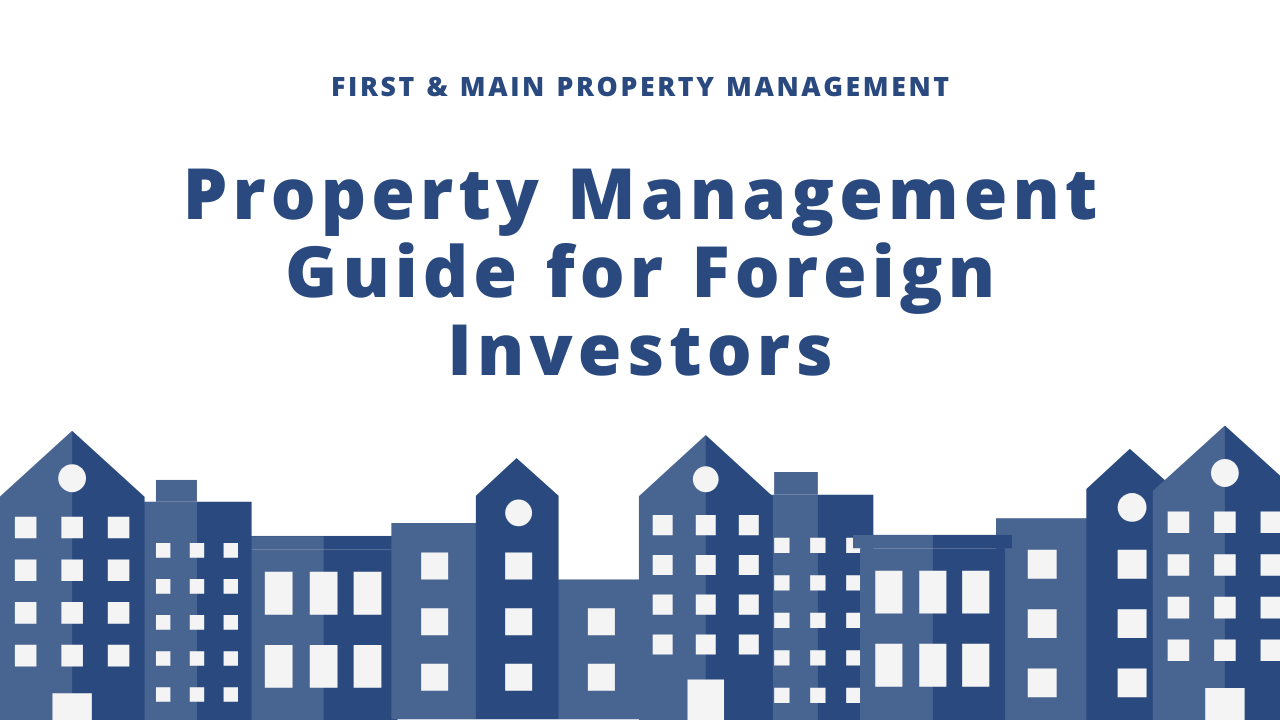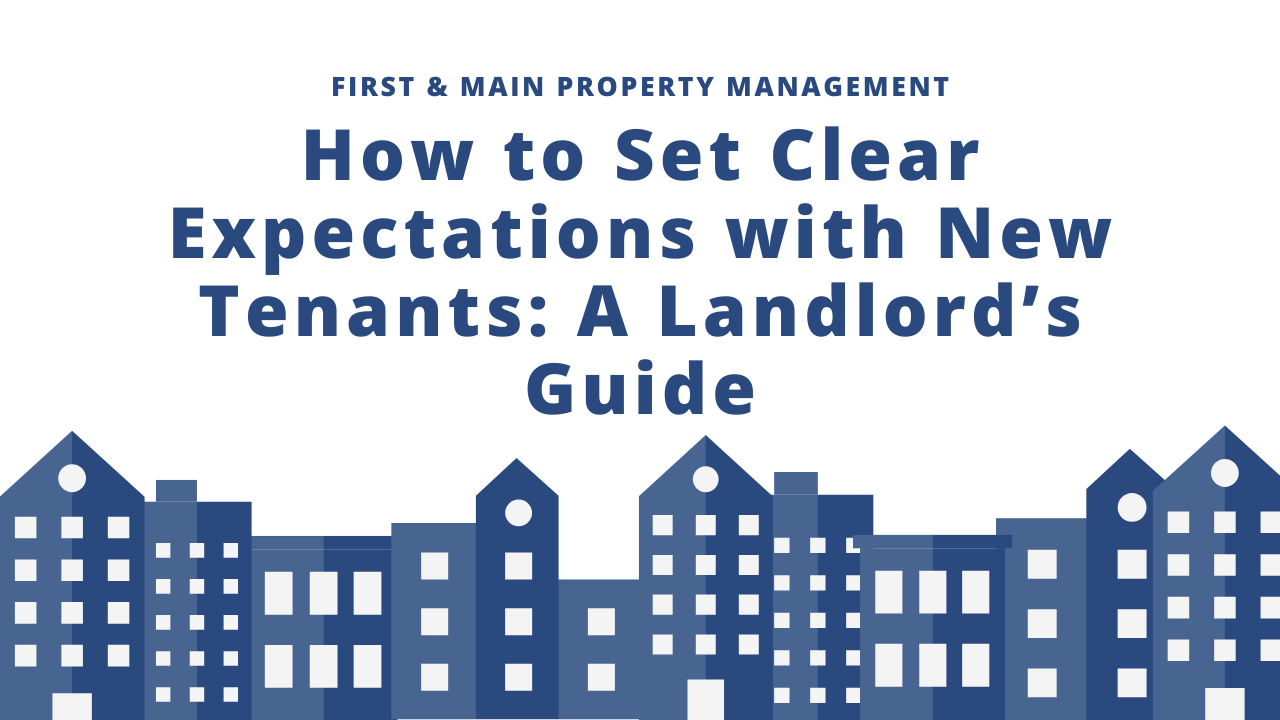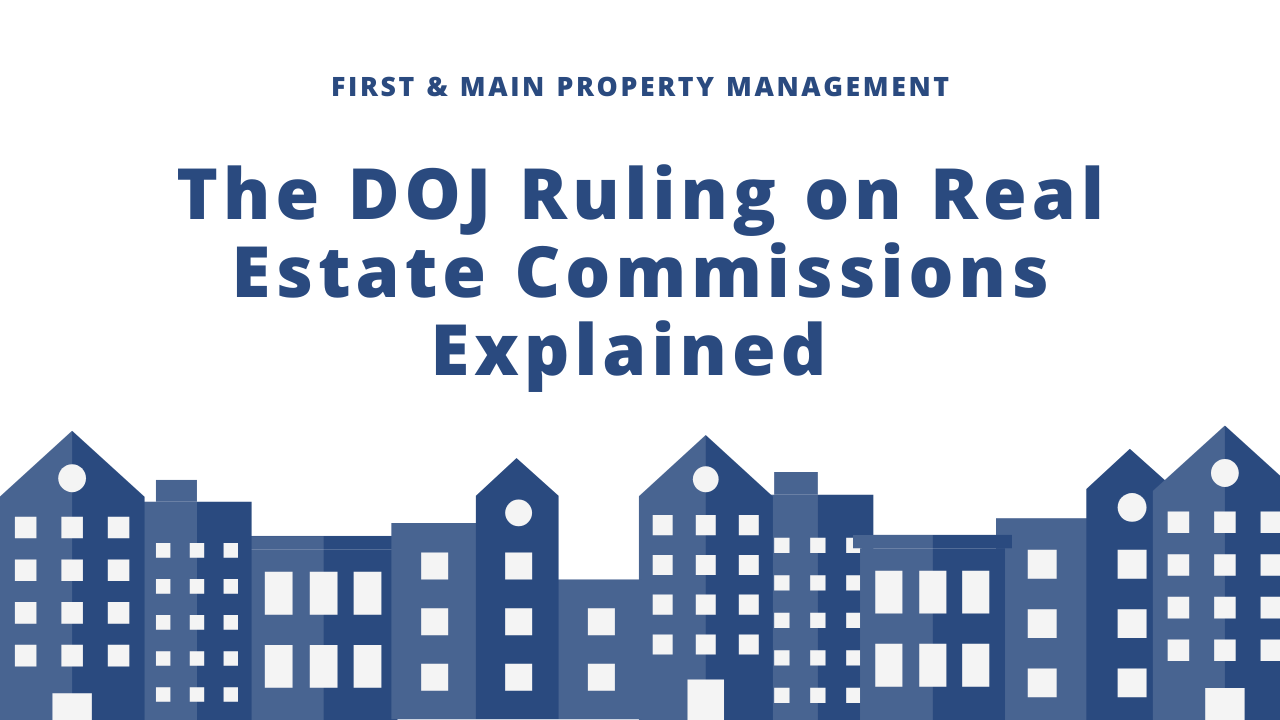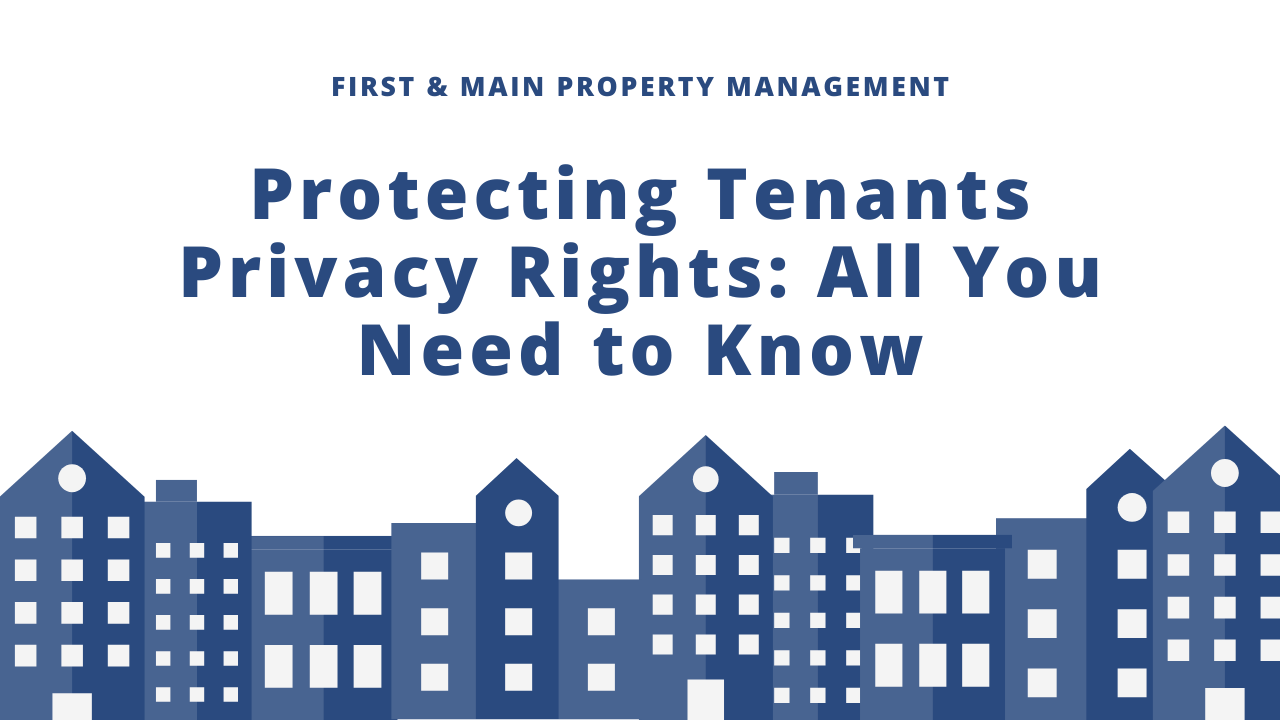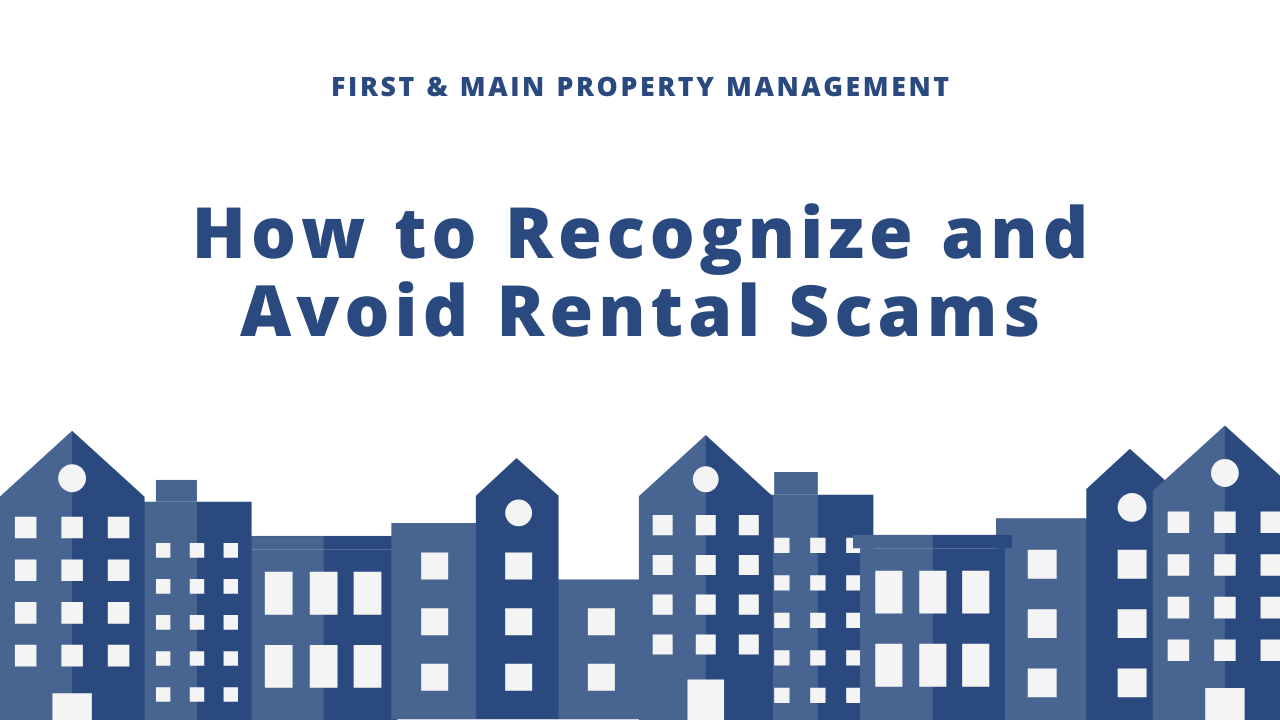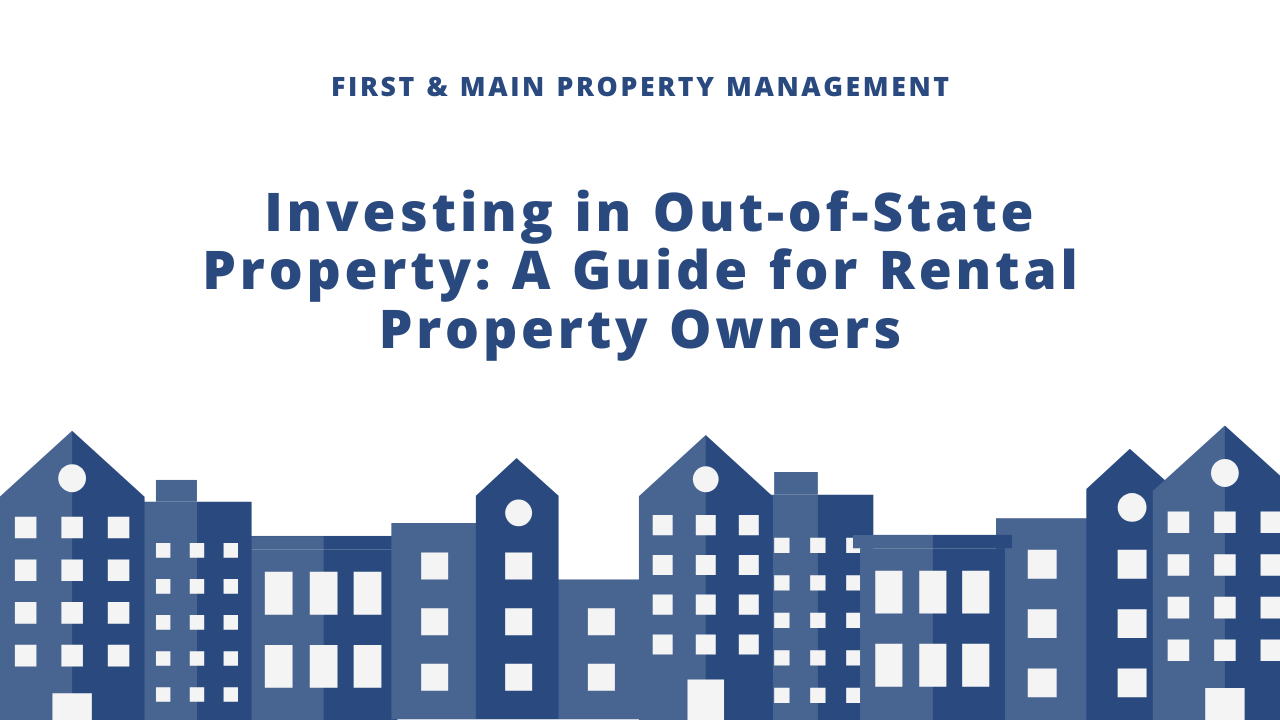How To Calculate The ROI On A Property Investment
Are you confident you're getting the most out of your property investments? For landlords, understanding how to calculate the Return on Investment (ROI) is critical for assessing the true profitability of any property.
It’s not just about collecting rent; it’s about making informed decisions that can maximize your investment's long-term value.
Whether you're considering a new property purchase or evaluating your existing portfolio, accurately calculating ROI on real estatereal estate helps ensure you're not wasting potential profits.
In this article, First & Main Property Management will break down the key steps to follow when calculating ROI, so you can better strategize and optimize your investments.
Keep reading to learn more!
Why Accurate ROI Calculation Matters for Landlords
Accurately calculating the ROI (return on investment) on your real estate investments is more than just a number game—it's the foundation of smart financial decision-making.
Let’s explore why it’s so crucial for landlords.
Ensures Profitability
The primary reason for calculating ROI is to ensure your property investments are truly profitable.
A property might seem like a great deal on the surface, but without an accurate ROI calculation, you could be unaware of hidden costs or missed opportunities that are eating into your profits.
Guides Future Investment Decisions
When you have a clear ROI (return on investment) calculation, it becomes easier to decide whether to hold onto a property, sell it, or reinvest in new opportunities.
ROI gives you a tangible figure to compare different investments, helping you make data-driven decisions.
Maximizes Cash Flow Potential
By understanding your return, you can identify areas where expenses can be minimized or where higher returns are achievable, such as adjusting rent or reducing
operating costs.

It ensures you're not just breaking even but optimizing your cash.
Step-by-Step Process to Calculate ROI on a Property Investment
1. Determine Your Total Investment Cost
The first step in calculating ROI is understanding how much you've truly invested in the property.
This goes beyond just the purchase price and involves all associated costs. Start by listing the following:
- Purchase Price: This is the amount you paid for the property itself.
- Closing Costs: These are the fees related to finalizing the purchase, such as title insurance, appraisal fees, and legal fees.
- Renovation or Repair Costs: If you made any improvements to the property before renting it out, these costs should also be included.
- Ongoing Costs: Factor in other recurring expenses like property taxes, homeowner’s insurance, and maintenance costs. If you plan on using property management services, add that to your investment as well.
By calculating the total investment cost accurately, you ensure that your ROI is a true reflection of what you've put into the real estate financially.
2. Calculate Your Annual Rental Income
Next, you need to determine how much income the property generates. This includes:
- Monthly Rent: Multiply the rent you charge by 12 months to get the annual income.
- Additional Income Sources: If you charge for extra services like parking spaces, laundry facilities, or storage, include these in your total rental income.
- Vacancy Rate: It's important to account for possible vacancies. Calculate how many months the property might remain vacant, and subtract this from your total rental income to get a more realistic figure.

This step ensures you’re working with the actual income generated by the property, helping you understand your revenue potential.
3. Subtract Your Annual Operating Expenses
Operating expenses are the costs associated with keeping the property running smoothly. This includes:
- Property Management Fees: If you hire a management company, include these expenses.
- Maintenance and Repairs: Routine upkeep, emergency repairs, and replacements (like plumbing fixes or appliance breakdowns) should be considered.
- Utilities: If you cover utilities like water, gas, or electricity, make sure to account for them here.
- Insurance and Property Taxes: Annual property insurance and tax obligations must be factored into your operating expenses.
- Miscellaneous Costs: Any other expenses, such as marketing or tenant screening costs, should also be included.
By subtracting these expenses from your rental income, you'll get a clearer picture of your property’s financial performance.
This helps set the stage for calculating your Net Operating Income (NOI) and ultimately, your ROI.
4. Calculate Net Operating Income (NOI)
Once you’ve subtracted your annual operating expenses from your total rental income, you’re left with what’s called your Net Operating Income (NOI).
This figure is crucial for calculating ROI as it reflects the property’s true earning potential before accounting for any mortgage payments or financing costs.
Here’s how to calculate it:
NOI=Total Annual Rental Income−Annual Operating Expenses
For example, if your total annual rental income is $30,000 and your operating expenses are $10,000, your NOI would be $20,000.
Your NOI helps assess the property's profitability from its core operations, excluding external financing, and gives you a clearer idea of how much revenue the property generates on its own.
5. Calculate Annual Cash Flow
Now it’s time to determine your actual take-home profit after covering loan obligations.
If you have a
mortgage or any financing on the property, you need to subtract the annual mortgage payments from the NOI.
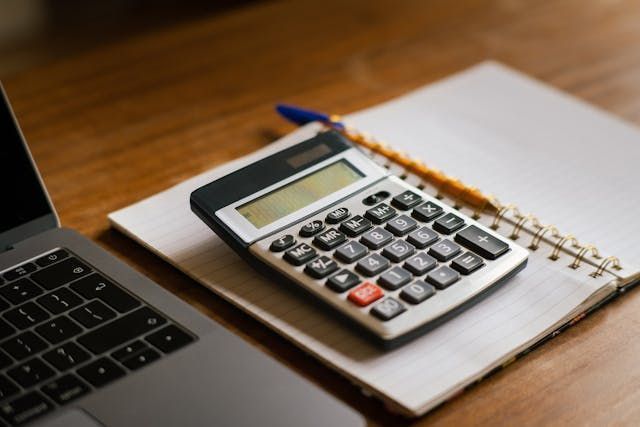
This will give you your annual cash flow, which represents the money you pocket after paying all the bills and loan payments.
Here’s the formula:
Annual Cash Flow=NOI−Annual Mortgage Payments
For example, if your NOI is $20,000 and your total mortgage payments for the year are $12,000, your annual cash flow would be $8,000.
This is a critical step, as it reflects the actual cash you’ll receive from the property after fulfilling all your financial obligations.
Positive cash flow means the property is profitable, while negative cash indicates you're losing money, despite any perceived gains from appreciation or other factors.
6. Calculate ROI
Now that you have your annual amount, you can calculate your Return on Investment (ROI) to assess the overall
profitability of your property investment.
The ROI is expressed as a percentage and helps compare your property’s performance to other investments. The formula for ROI is:
ROI=(Total Investment Cost/Annual Cash Flow)×100
For example, if your annual cash is $8,000 and your total investment cost is $100,000, your ROI would be:
ROI=(100,000/8,000)×100=8%
A higher ROI means your investment is performing well, while a lower ROI might indicate a need to reconsider the property's profitability or explore ways to reduce expenses or increase income.
Accurate ROI calculation gives you a clear view of whether your property investment is paying off and helps guide future investment decisions.
Your Path to Maximizing ROI
In today’s competitive rental market, accurately calculating ROI is essential for landlords seeking to enhance their real estate investments.
With the expertise of First & Main Property Management, you can navigate the complexities of property management and optimize your returns.
Our team can help you identify cost-saving opportunities and streamline operations, ensuring your investments work for you.
Don’t hesitate—reach out to
First & Main Property Management to discuss tailored strategies that align with your investment goals!
